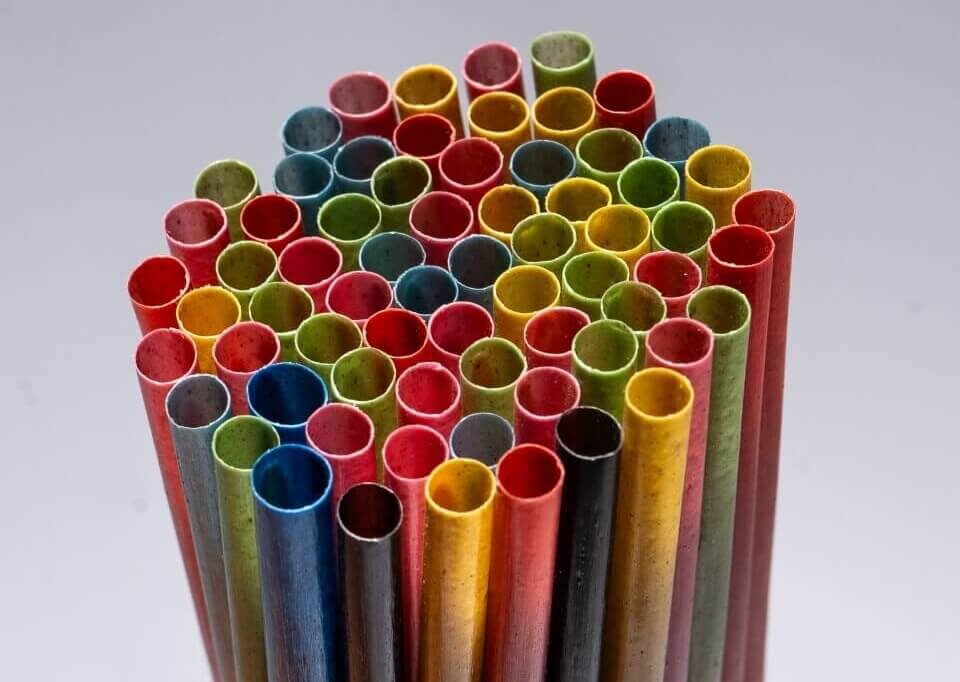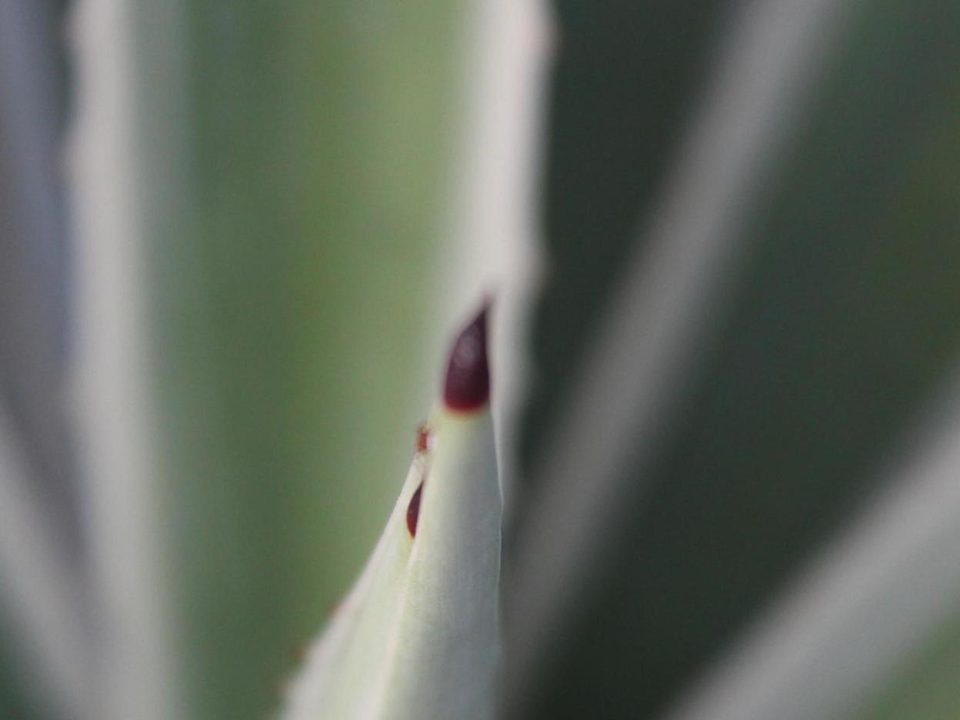1. What are compostable straws?
Compostable straws are products designed to completely decompose under composting conditions, transforming into organic fertilizer without leaving toxic residues. Unlike biodegradable products, which only need to degrade over time, compostable straws must do so in a suitable environment and within a defined timeframe, without polluting the environment.
2. Notable ecological benefits
Rapid degradation: Many compostable straws, such as those made from agave or corn starch (PLA), decompose in 90 to 150 days, unlike plastic straws, which take hundreds of years.
They do not release microplastics: When they decompose, they do not pollute the soil or water, protecting marine life and ecosystems.
Reduced environmental impact: They help reduce the accumulation of single-use plastics in landfills and oceans.
3. Focus on Compostable Agave Straws
Sustainable origin: They are made from agave bagasse, a waste product from the tequila industry, which, instead of being discarded, is reused to create eco-friendly products.
High resistance: They withstand hot and cold temperatures without easily breaking down or deforming.
Efficient decomposition: Under industrial composting conditions, they completely degrade within 90 to 120 days.
Circular economy: They represent an environmental solution that utilizes agricultural byproducts, reducing waste.
4. Important considerations
Reliable certifications: For a straw to be truly compostable, it must have national or international certifications that endorse its decomposition process.
Composting conditions: Some materials require controlled temperatures and humidity to decompose properly, so it is important to know whether it is home or industrial composting.
Proper waste separation: Waste should be deposited in the organic waste container or in special facilities, not in the regular trash or with recyclable materials.
5. Context of Mexico and other ecological alternatives
In Mexico, regulations on single-use plastics have driven the use of sustainable options such as compostable straws.
Other innovations include straws made of paper, vegetable cellulose, corn starch, bamboo, and even edible seaweed.
Environmental awareness and public policies are motivating more companies and consumers to opt for responsible and environmentally friendly alternatives.
Conclusion
Compostable straws are not just a fad, but a concrete response to the plastic crisis. Choosing products made from agave or other compostable materials is a way to care for the planet with every sip. In addition to being functional, these straws represent an ethical, sustainable, and future-proof alternative.






